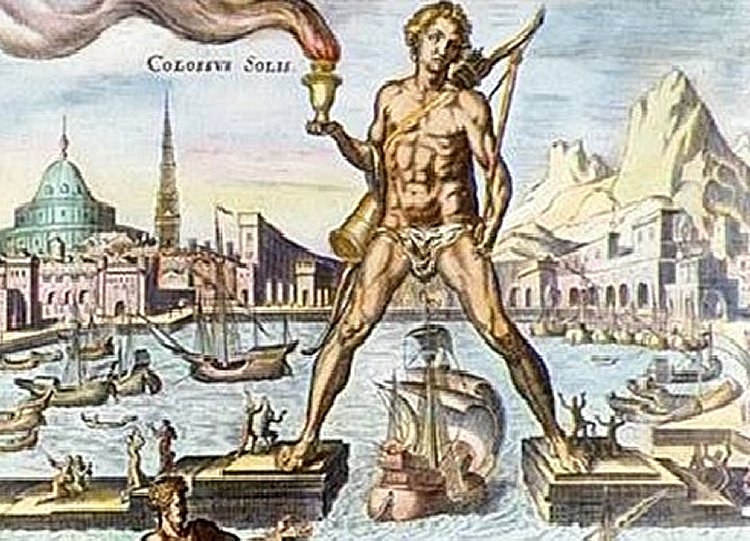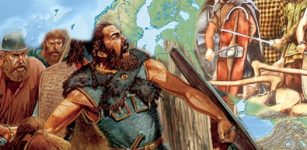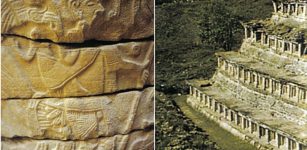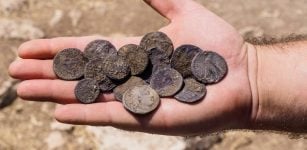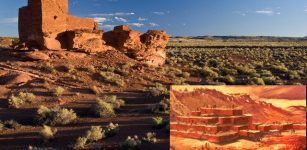Huge ‘Colossus Of Rhodes’ Statue Will Be Rebuilt As A Beacon That Can Be Seen For 34 Miles
MessageToEagle.com – A group of young professionals from Greece, Spain, Italy and the United Kingdom have been inspired to take up the ambitious “Colossus of Rhodes Project,” aiming to revive one of the Seven Wonders of Ancient World.
The Colossus of Rhodes was a statue of the Greek titan-god of the sun Helios, erected on the Greek island of Rhodes by Chares of Lindos, in 280 BC, to celebrate Rhodes’ victory over the ruler of Cyprus, Antigonus I Monophthalmus. It was one of the tallest statues of the ancient world standing over 30 meters (around 98 feet) high.
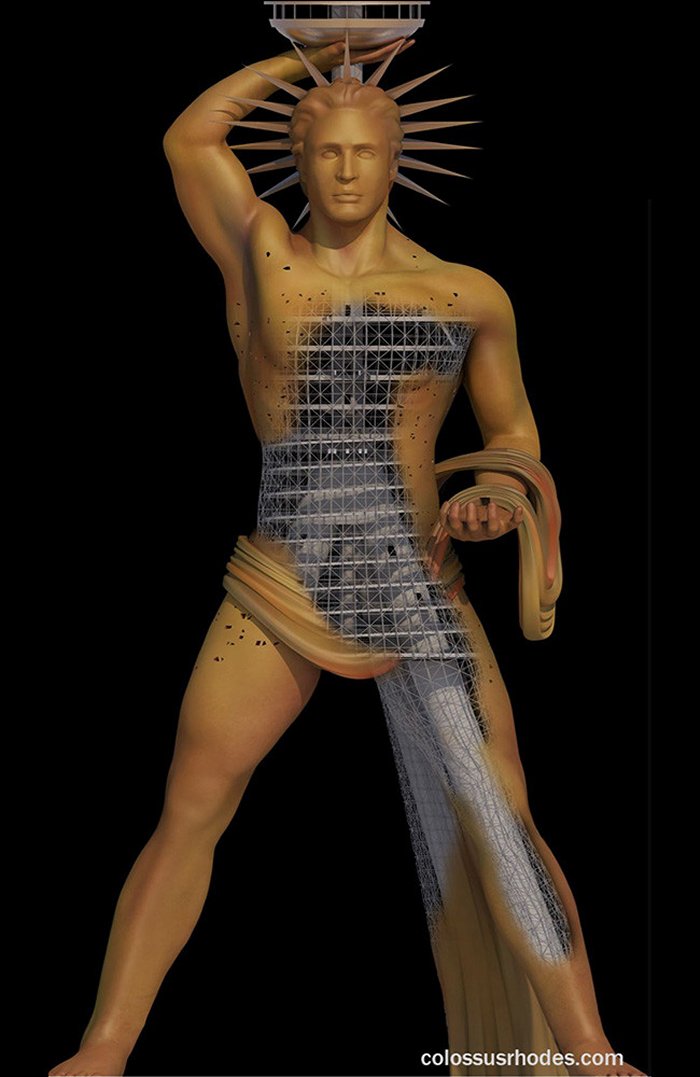
In 408 BC, the city-states, Kamiros, Lindos and Ialysos united and formed one territory with Rhodes as a capital. The city flourished and had good economic relations with its main ally, Ptolemy I Soter of
Egypt.
A century later, Rhodes was besieged by In 305 BC, the Antigonids of Macedonia, whose goal was to break the strong alliance between Rhodes and Egypt. The Antagonids failed to penetrate the city, left the city and lifted the siege. The peace agreement was signed in 304 BC. Their military equipment of the Antigonids was sold by the peoples of Rhodes and money were used to build a huge monument of their sun god, Helios. It took twelve years to build the statue and the work was finished in 282 BC. About 226 BC, a powerful earthquake destroyed Rhodes and damaged the statue of Helios.
For about 1000 years, the monument lay in ruins and when the Arabs invaded Rhodes in 654 AD, it was
totally destroyed and its fragments were sold and transported to Syria.
Over 2200 years after its collapse, architect Ari A. Palla, archaeologist Christos Giannas and public relations-marketing professional Dionisis Mpotsas from Greece, civil engineer Enrique Fernández Menendez and economist Matilda Palla from Spain, architect Ombretta Iannone from Italy, as well as civil engineer Eral Dupi from the United Kingdom, recommended its restoration, as part of a European initiative the financing of which is addressed to the general public.
This 150 meters-high structure is born to be a museum, a cultural center, a library but, most of all, must regain its originary function: a giant lighthouse, a point of reference for boats in the night, which project a light that can be seen more than 56 km away in open sea, even from the coasts of Turkey.
The project consists in a construction, which exploits the most recent technologies, suistanable, smart and majestic at the same time. Its “skin” will be covered with solar panels, providing 100% authonomy: the God of Sun which lives only thanks to solar energy.
“Antoni Gaudi managed to collect fundings from citizens making them feel part of the project Sagrada Familia.
We would like to share the same idea but, thanks to technology, people all around the world could be involved. Thus, the Colossus of Rhodes will become a “global” monument,” the ambitious creators refer on their project’s official site.
MessageToEagle.com
Expand for references
